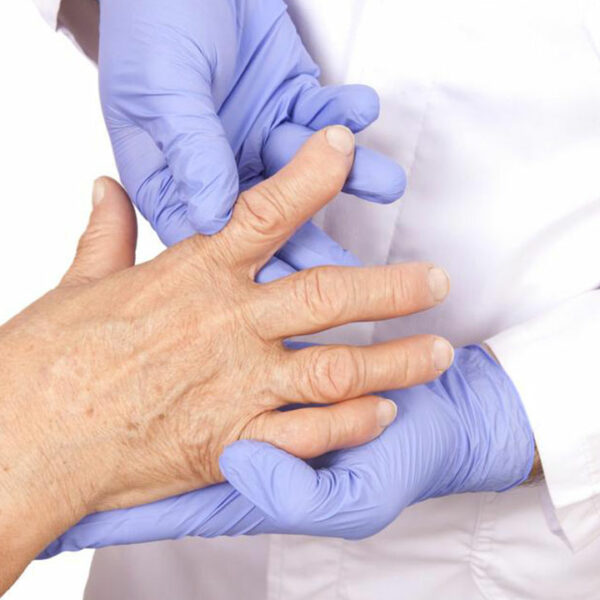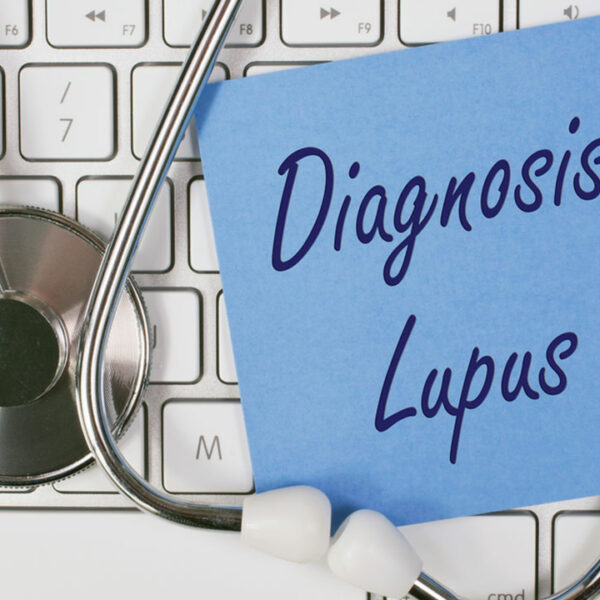
Everything You Need to Know about Leg Cramps
Cramps are a sudden and painful contraction of a muscle. Leg cramps, especially on the calf muscles, occur as you fall asleep or as you wake up. However, sometimes the cramps can be in the thigh or foot. Causes of Leg Cramps at Night Although exact causes of these cramps are not known, there are many reasons for it to occur. Some of them are: Sometimes, too much exercise, an injury or even excessive pressure to the muscle can lead to leg cramps Dehydration is another reason Pregnant women having deficiency of calcium and magnesium have high risk of leg cramps Cold environment or exposure to cold water may be one of the reasons for leg cramps Another reason might be deficiency of potassium and calcium in the bloodstream Sitting in a single position for hours, standing on hard surfaces for extended periods, or sleeping in awkward positions. Certain medications such as birth control, diuretics, antipsychotics, and steroids. Medical conditions affecting the kidney, thyroid, and multiple sclerosis. Treating Leg Cramps At Night There are many ways you can ease the cramp. Try these methods, and you will know how to treat leg cramps at night. Stretching Simply stretching the muscle that is cramping will give you instant relief.









